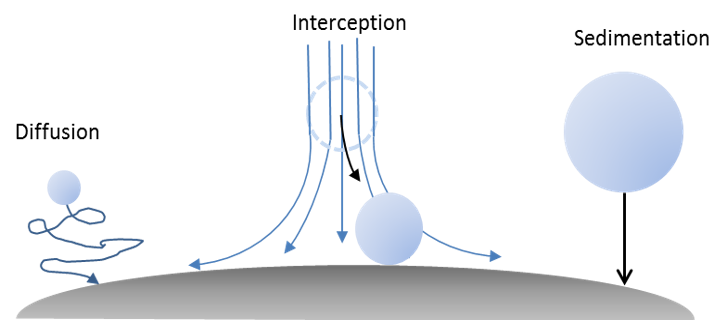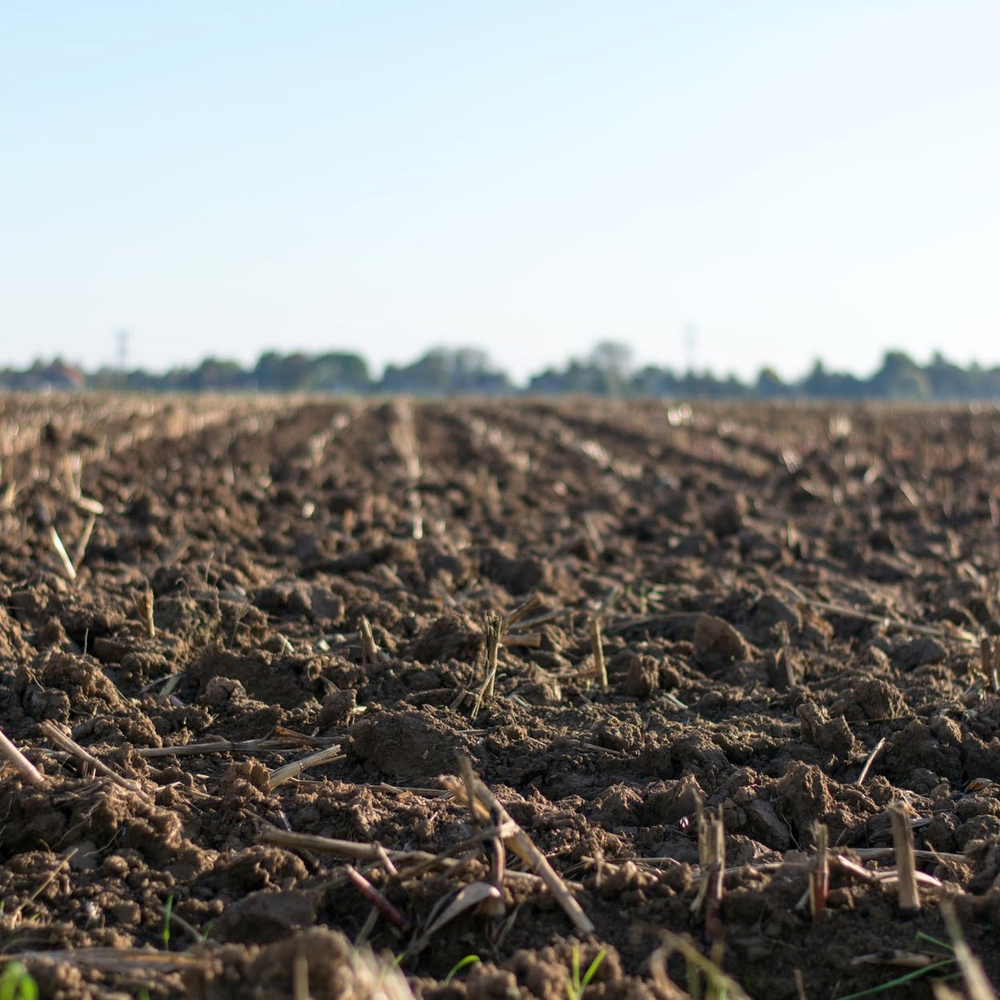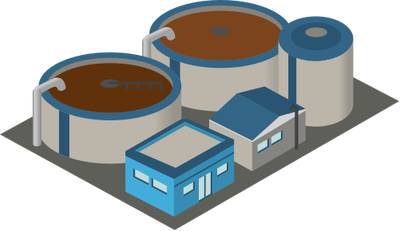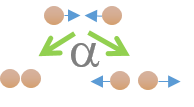Attachment
Nanoparticles approach and collide with (comparatively) larger immobile surfaces via diffusion, interception (in the context of advection) or sedimentation. Upon collision, the particles will stick - or attach - to the exposed surface with a probability expressed by the attachment efficiency (α). Attachment is an important process limiting the transport kinetics of nanomaterials.
Attachment of ENMs onto an immobile surface is a process similar to hetero- or homoaggregation. However, in those processes both the ENMs and interacting species are (and will remain) mobile, whereas attachment signifies that ENMs go from the mobile phase into an immobile species.
 |
Occurs in |
||
|
|
|
||
Fate descriptors |
Algorithms |
|
|
\(\LARGE k_{att}=\alpha \frac{3(1- \theta ) \nu }{2d_{c}}\eta_{0}\) |
| Attachment efficiency | Attachment rate calculation |
Read more |
Read also |
|
Visit the NanoFASE Library to read summaries of these reports: NanoFASE Report D7.2 Soil property – NM fate relationships
|
Petrosa A R, et al. (2010) Aggregation and Deposition of Engineered Nanomaterials in Aquatic Environments: Role of Physicochemical Interactions. Environmental Science & Technology. 44: 6532-6549. http://doi.org/10.1021/es100598h |
Contact

Karin Norrfors
Swedish University of Agricultural Sciences (SLU)
 Geert Cornelis
Geert Cornelis
Swedish University of Agricultural Sciences (SLU)
Email: geert.cornelis@slu.se




